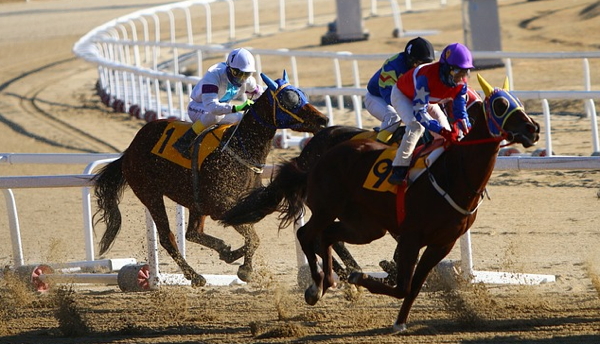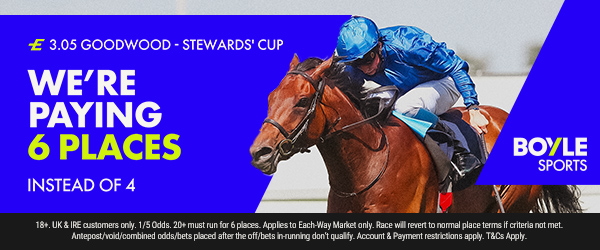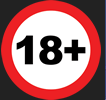 |
RacingBetter News |
| Thursday 1st May 2025 | |
Betting on the Kentucky Derby: What Fans Need to Know

The Kentucky Derby is exciting, fast, and full of surprises. But when it comes to betting, it’s easy to get caught up in the fun and forget the strategy. Many people go with their gut or pick a name they like—but there’s a smarter way to play.
If you want to give yourself a real shot, it helps to know what to look for. Let’s break down the basics so you can bet with more confidence and maybe even walk away with a win.
The Legacy of the Kentucky Derby Race
First run in 1875, the Kentucky Derby is the longest continuously held sporting event in the United States. It earned the nickname “The Run for the Roses” for good reason. More than just a notch on the belt, winning this race catapults horses, trainers, and jockeys into racing royalty.
Part of what makes the Derby such a magnet for betting is its reputation as the opening jewel of the American Triple Crown. Unlike many races, the Derby only allows three-year-old thoroughbreds, meaning these horses get just one shot. That once-in-a-lifetime element adds a layer of urgency and unpredictability that few other events can match.
The 151st Kentucky Derby is scheduled for Saturday, May 3, 2025, at Churchill Downs in Louisville, Kentucky. The main event is set to begin at 6:57 P.M. ET, with coverage starting earlier in the afternoon.
For those looking to make informed bets, Kentucky Derby betting 2025 offers plenty of opportunities to dive into the action, whether you're a seasoned pro or just starting out. With a $5 million purse and intense competition, the stakes are higher than ever. This iconic event is a prime opportunity to test your luck and strategy in one of the most thrilling races of the year.
Factors to Consider When Betting on the Kentucky Derby
The Derby isn’t won on hype. With so many layers of variables in play, understanding what truly influences a horse’s chances is what gives punters the edge.
Here are the key elements that deserve close attention:
1. Context Behind Past Performance
Look beyond the win column. Was the horse racing against strong competition, or did it dominate a weak field? Did it win comfortably or labour to hold on?
And importantly, has it ever raced at the Derby’s demanding mile-and-a-quarter distance? Not all three-year-olds have. Reviewing replays, watching how a horse finishes, and noting how it handles pressure in tight spaces can reveal a lot more than the result on paper.
2. The Draw (Where They Break Matters)
In a field that can reach up to 20 horses, post position can make or break a race plan. Horses drawn wide, particularly in gates 16 and beyond, often lose ground trying to find position.
On the other hand, those drawn inside risk getting boxed in early and never finding clear running room. A mid-range draw often provides the best balance between tactical flexibility and clean running lines.
3. Jockey and Trainer Influence
Trainers with Derby experience often know exactly how to prep a horse for peak performance. Pair that with a jockey who’s calm under pressure and familiar with Churchill Downs, and you’ve got a serious edge. Experience over this course and composure in the final stretch can be the difference between a clean move and a lost chance.
4. Track Conditions and Weather
Some horses thrive in sloppy or muddy conditions, while others lose all momentum. If rain is in the forecast, check how each horse has performed on off-tracks in the past. Certain pedigrees and running styles handle wet ground better, and the weather can quickly narrow down your shortlist.
Types of Bets to Try
When it comes to wagering on the Kentucky Derby, the field is large, the variables are many, and without a strategy, you’re essentially betting blind.
So, before placing anything, it pays to understand how the betting works by knowing what types of bets you can place:
- Win. Your horse must finish 1st. Highest reward, but only pays if it wins outright,
- Place. Pays if your horse finishes 1st or 2nd. Lower risk, lower payout,
- Show. Pays if your horse finishes 1st, 2nd, or 3rd. Safest of the three, with modest returns,
- Exacta. Pick the 1st and 2nd horses in exact order. Tougher to hit, solid payout,
- Trifecta. Pick the top 3 in exact order. High difficulty, high reward,
- Superfecta. Pick the top 4 in exact order. Very hard to hit, but the payout can be huge,
Those exotic bets, exacta through superfecta, are tempting because of their long odds and massive payouts. But unless you're betting with strategy, they're more likely to drain your wallet than pad it.
Finding Value in a Crowded Field
Now, when you’re scanning odds, remember, the Derby runs on a parimutuel system. That means odds aren’t fixed. They fluctuate based on how money is distributed across the field. Favourites often end up offering poor value because casual money floods their pool.
Sometimes, the smarter play is to find a mid-priced horse who’s being overlooked. If you’ve done your homework and the prep races line up, the 12/1 shot might be better value than the 5/2 favourite everyone’s chasing.
Lastly, don’t throw darts if you are chasing exotic bets. Build them around a core group of horses with real chances. Look for horses that complement each other in running style, like a front-runner paired with a closer, and build out from there. And if you're boxing your bets, do it selectively. Otherwise, its costs can spiral quickly.
Wrapping Up
The Kentucky Derby is chaos wrapped in pageantry. But it’s not random. Every year, horses win this race not just because they’re fast but because of preparation, positioning, and execution. The same applies to betting. You don’t need to be a racing die-hard to find value. You just need to do the work. Keep your eyes on the variables that matter, ignore the noise, and remember, good bets are built, not guessed.







